Governance in Web3 and Decentralized Systems: Shaping the Future of the Internet
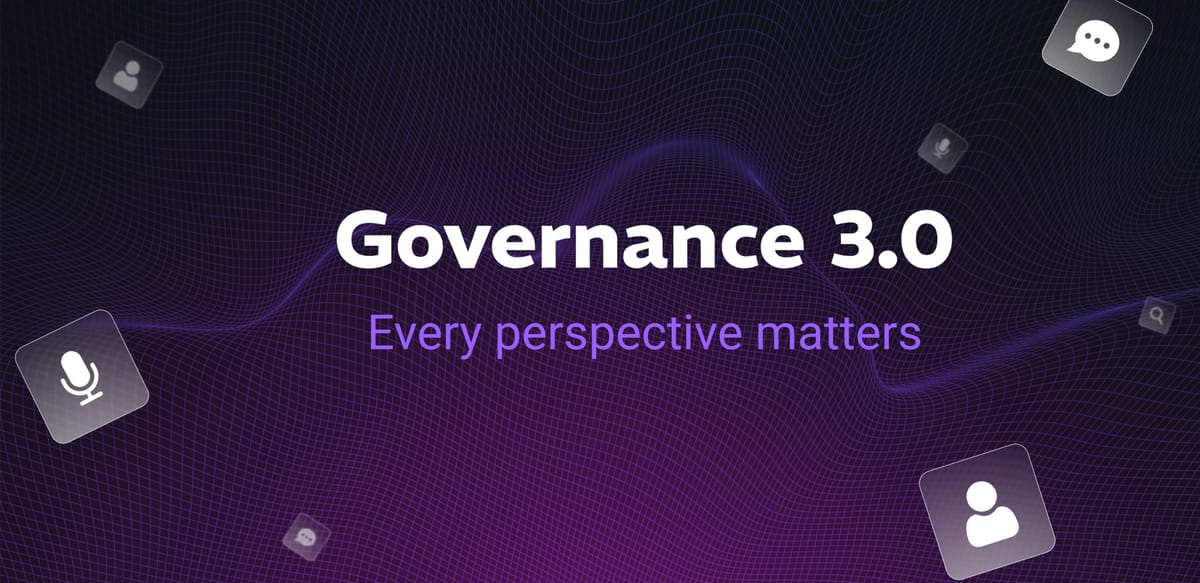
Since time immemorial, decisions have had to be made, however the manner through which this decisions are made have varied throughout the years. It has evolved from simple declarations of choice to democracy and now to onchain governance.
The rise of Web3, a decentralized and blockchain-powered vision of the internet, brings this question to the forefront. Unlike traditional web platforms controlled by centralized entities, Web3 systems aim to be community-driven and self-governing. But decentralization alone does not guarantee fairness, stability, or progress. It requires thoughtful and well-designed governance mechanisms to ensure these systems remain functional, inclusive, and adaptable.
This article explores the evolving landscape of governance in Web3 and decentralized systems, why it matters, how it is being implemented, and the challenges it faces as we build the next generation of the internet.
What is Governance in Web3?
Governance in Web3 refers to the processes, rules, and tools that decentralized communities use to make collective decisions. It determines how a protocol evolves, how resources are allocated, and how conflicts are resolved—without a central authority.
There are two primary models of governance in Web3:
1. On-Chain Governance
In this model, decision-making is executed directly on the blockchain through smart contracts. Token holders vote on proposals, and the outcomes are automatically implemented.
Examples:
- Tezos uses a self-amending ledger where stakeholders vote on proposed protocol upgrades.
- Polkadot employs an advanced governance framework that includes referenda, a council, and a technical committee.
2. Off-Chain Governance
Off-chain governance occurs outside the blockchain, often through community discussions in forums, Discord channels, or social media. Final decisions may be enacted on-chain, but deliberation happens informally.
Examples:
- Bitcoin is largely governed by off-chain discussions among developers and miners, with proposals debated via Bitcoin Improvement Proposals (BIPs).
- Ethereum, though partially on-chain, relies heavily on community consensus and developer meetings around Ethereum Improvement Proposals (EIPs).
Why is Governance Important?
In centralized systems, decision-making is fast but often opaque and top-down. In decentralized systems, governance is critical to:
- Prevent fragmentation, such as the split between Ethereum and Ethereum Classic after The DAO hack in 2016.
- Enable protocol evolution without resorting to contentious hard forks.
- Foster trust and engagement within the community.
Without governance, decentralized systems risk becoming stagnant, vulnerable to manipulation, or unable to respond to crises.
Tools and Mechanisms of Web3 Governance
Decentralized communities leverage a variety of tools to govern themselves effectively:
DAOs (Decentralized Autonomous Organizations)
DAOs are blockchain-based organizations governed by smart contracts and token holders.
Example:
- Uniswap DAO governs the Uniswap protocol, where UNI token holders vote on key decisions such as treasury allocations and protocol changes.
Quadratic Voting
A voting mechanism that allows participants to express how strongly they feel about an issue, not just which side they're on. This reduces the impact of token whales and promotes more balanced outcomes.
Example:
- Gitcoin Grants uses quadratic funding to support open-source projects based on community preference.
Token-Weighted Voting
A system where voting power is proportional to the number of tokens held.
Challenge:
- Projects like MakerDAO have faced criticism due to large token holders potentially dominating governance decisions.
Challenges in Web3 Governance
While promising, decentralized governance also presents complex challenges:
Voter Apathy
Many users do not participate in governance, leading to low voter turnout and concentration of power in the hands of a few.
Centralization of Influence
Large token holders can have disproportionate influence, undermining the goal of decentralization.
Technical Complexity
Participating in governance often requires understanding both the technical mechanics of the protocol and the economic implications of decisions.
Coordination and Scalability
As communities grow, coordinating consensus becomes harder. Delays in decision-making or disagreements can slow development or cause splits.
How Individuals Can Participate in Web3 Governance
While decentralized governance is designed to empower communities, active participation from individuals is what gives these systems life and legitimacy. Fortunately, there are many ways users can get involved, regardless of technical background or experience.
1. Join a DAO Community
Most DAOs have open communities on platforms like Discord, Telegram, or governance forums. Joining these spaces allows users to stay updated on proposals, contribute to discussions, and build a reputation in the community.
2. Vote on Proposals
If you hold governance tokens, you likely have voting power. Many projects use platforms that make it easy to review and vote on proposals, often with minimal technical requirements.
3. Delegate Your Vote
If you are unable to participate directly, many governance systems allow you to delegate your votes to someone you trust. This ensures your voice is still part of the process, even if indirectly.
4. Propose Improvements
Most protocols have channels for community members to propose upgrades or policy changes. This typically begins with informal discussion and can lead to formal proposals and community votes.
5. Contribute to Working Groups or Governance Labs
Many DAOs establish working groups or subcommittees to handle specific areas of governance. These groups offer opportunities for individuals to apply their skills, whether in development, research, community management, or legal and policy analysis.
Encouraging user participation is not just a matter of civic duty—it is essential for decentralized ecosystems to remain dynamic, responsive, and truly community-owned.
The Future of Decentralized Governance
Governance models in Web3 are rapidly evolving. Projects are experimenting with:
- Reputation-based voting that prioritizes long-term contributors
- Delegated governance models where trusted representatives vote on behalf of others
- AI-assisted tools to summarize proposals and support better decision-making
Projects like Aragon are building modular governance infrastructure that allows communities to customize how they operate and evolve. As the ecosystem matures, the most effective governance models will likely blend transparency, flexibility, and community ownership.
Governance in Web3 is more than a technical protocol,it is the social contract that enables decentralized communities to thrive. While there is no one-size-fits-all model, the key lies in building systems that reflect the values of openness, accountability, and shared ownership.
The future of the internet depends not just on code, but on our collective ability to govern without rulers, to coordinate without gatekeepers, and to build systems that serve the many—not just the few.
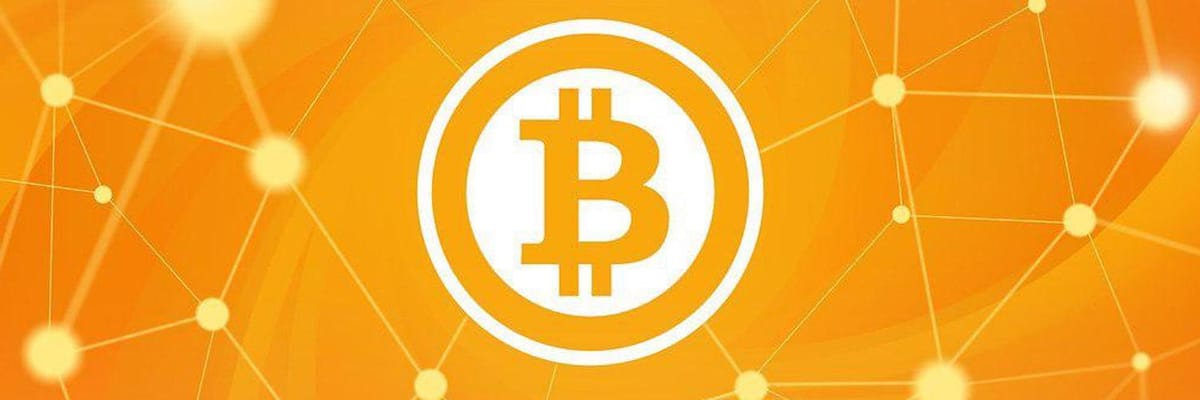
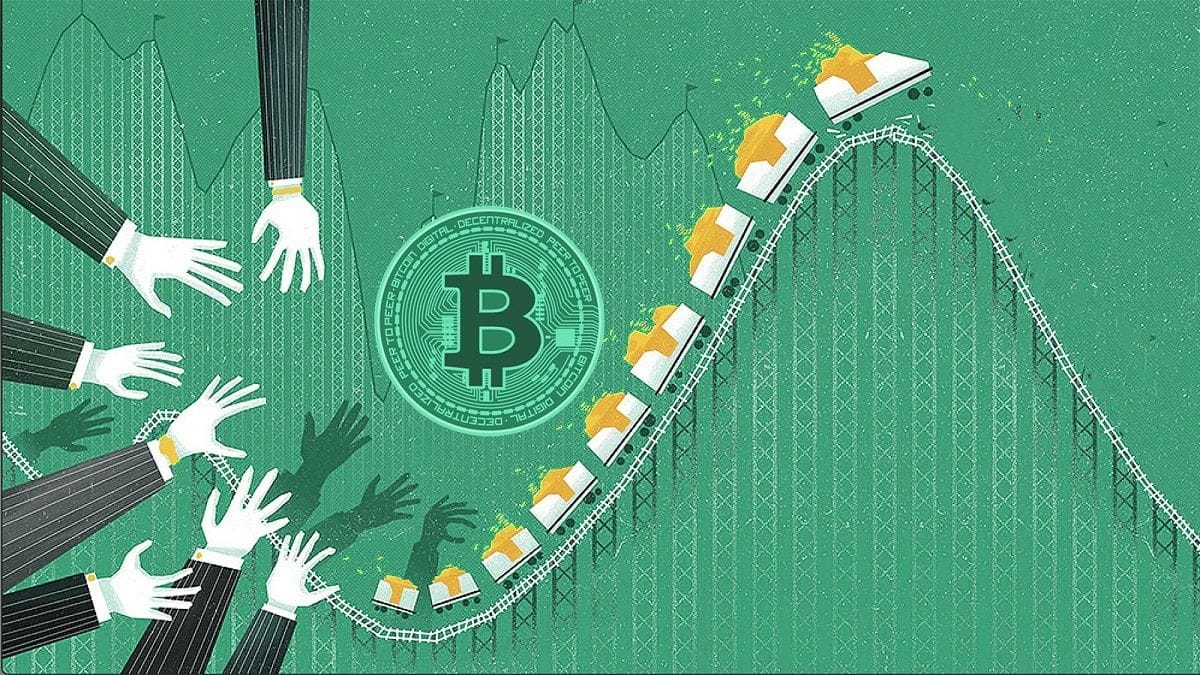
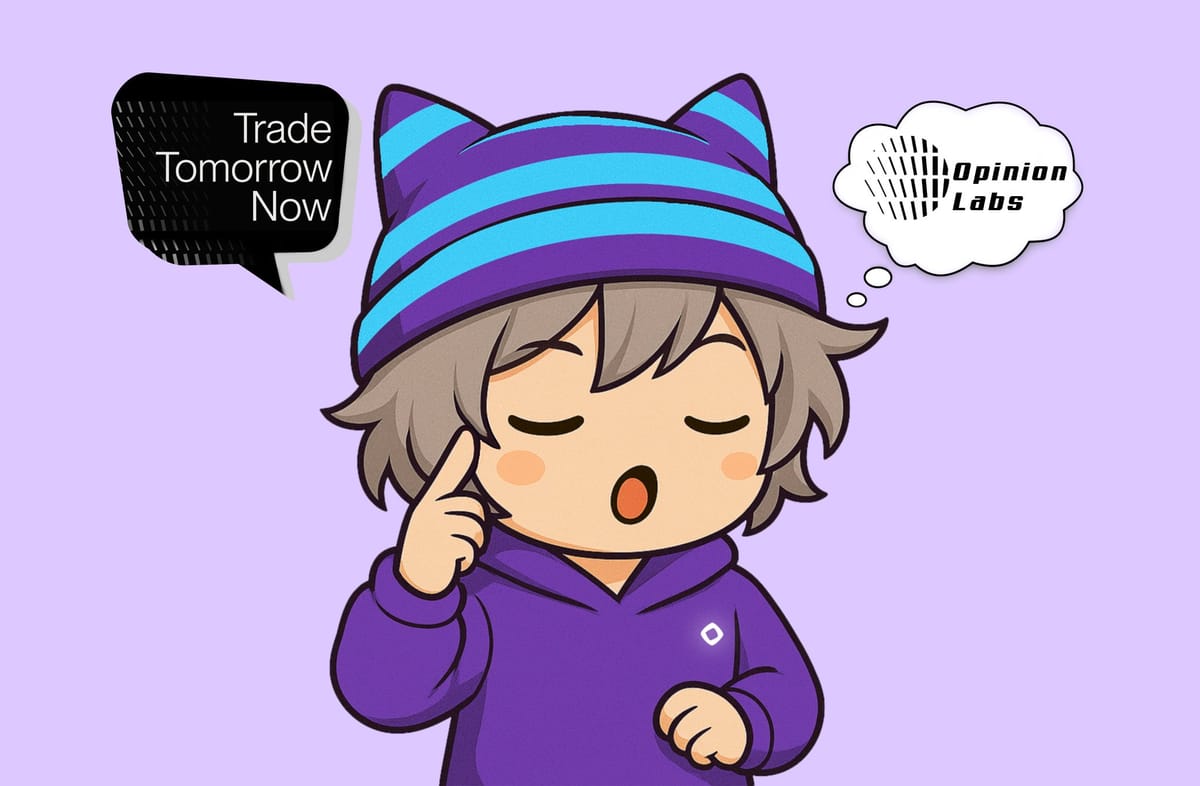



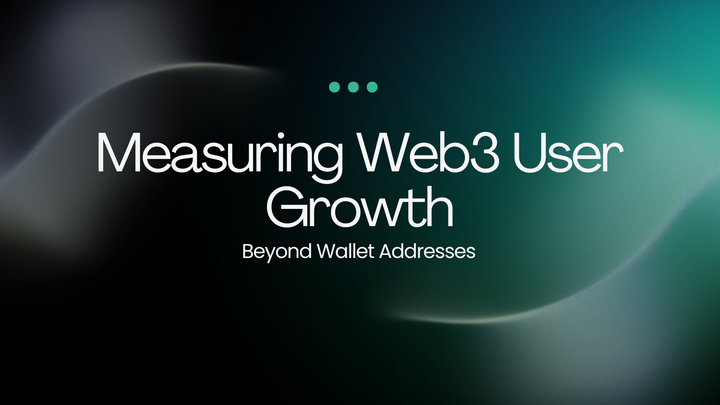
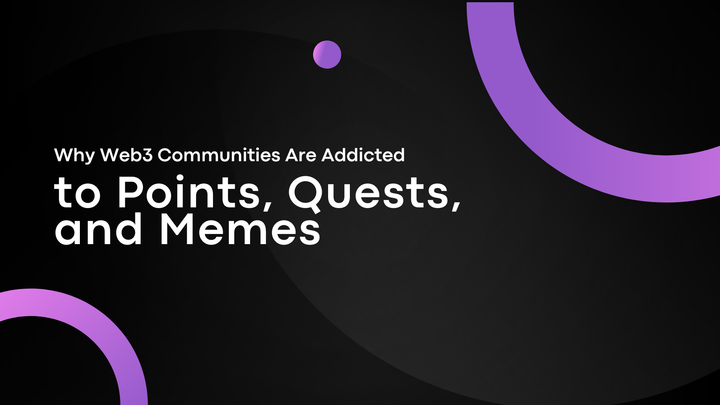
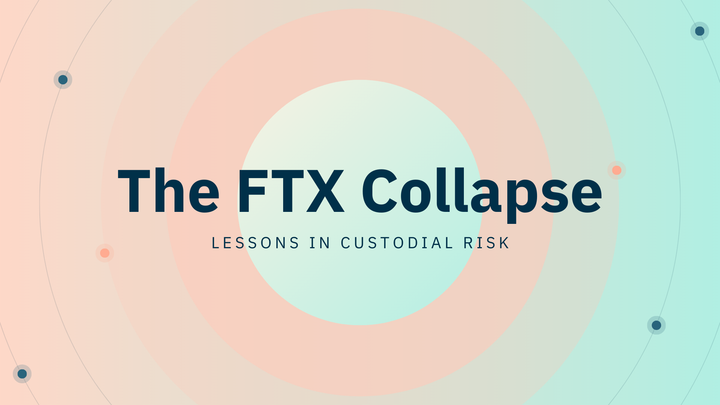
Comments ()